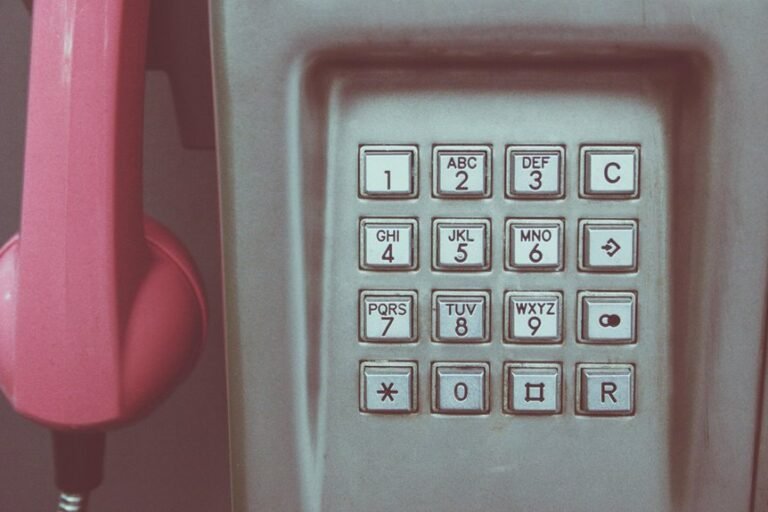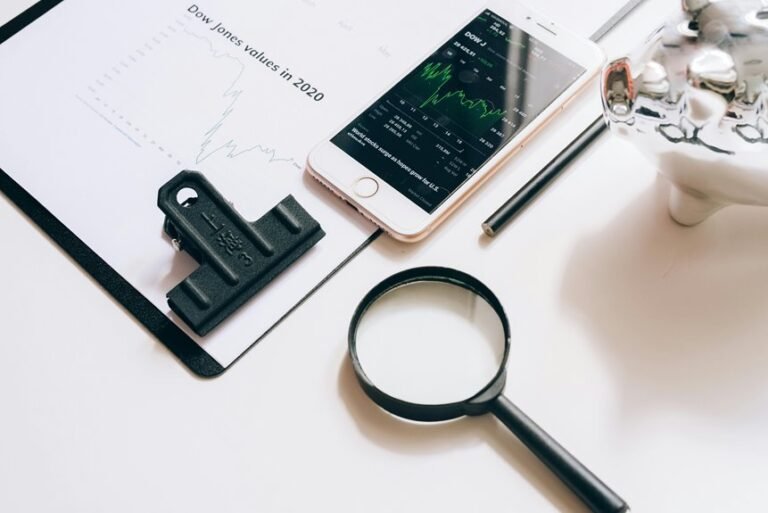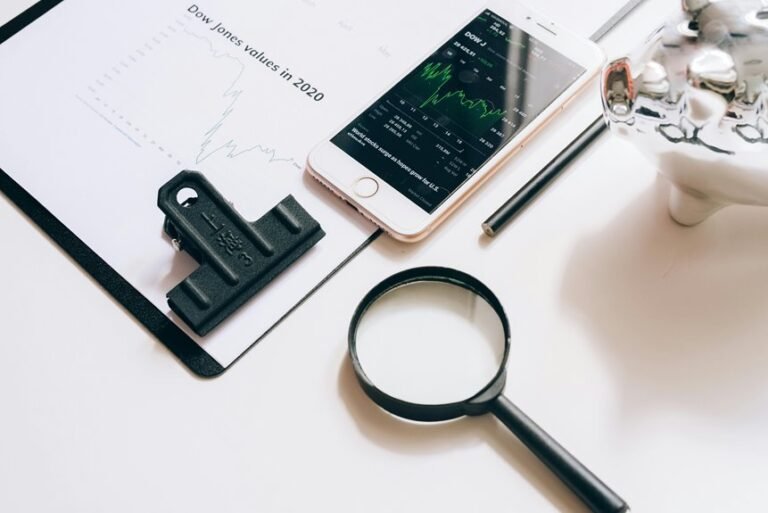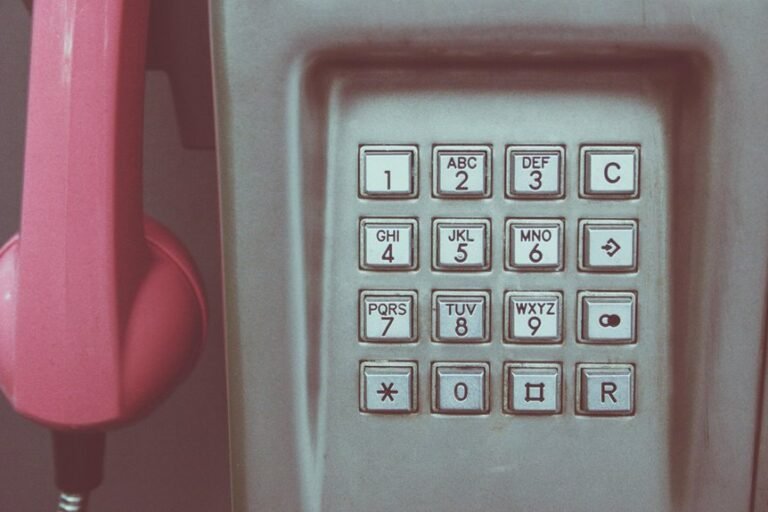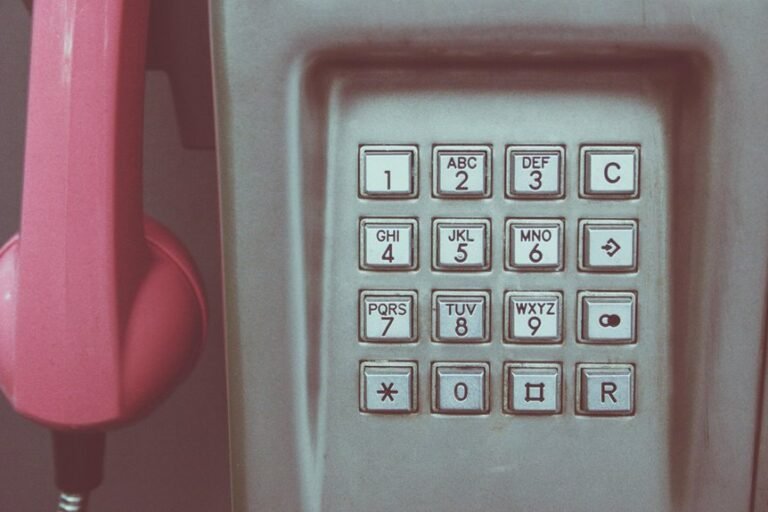Who Called Me From 4694700501, 4696796693, 4699080939, 4703497995, 4797779234, and 4802698136? Verify Now
The numbers 4694700501, 4696796693, 4699080939, 4703497995, 4797779234, and 4802698136 have raised concerns regarding their legitimacy. Analysis of caller behavior indicates potential links to scams. Identifying the sources behind these calls may reveal alarming patterns. Understanding these dynamics is essential for safeguarding personal information. However, the implications of receiving such calls extend beyond mere annoyance. Further investigation is warranted to uncover the full extent of the risks involved.
Identifying the Numbers: What We Know
Identifying phone numbers associated with unknown callers is a critical process in understanding the nature of unsolicited communications.
Caller identification and number verification techniques enable individuals to ascertain the legitimacy of incoming calls. These methods involve cross-referencing databases, assessing patterns, and utilizing technology to trace origins.
Such due diligence empowers users to take control over their communication landscape, fostering a sense of freedom and security.
Common Scams and Spam Patterns
How can individuals recognize the signs of common scams and spam patterns in unsolicited calls?
Analyzing caller identity reveals prevalent scam tactics, such as pressure to act quickly, promises of prizes, or requests for personal information.
Additionally, calls from unfamiliar numbers often exhibit patterns like spoofing or using local area codes to establish credibility, making it imperative for recipients to remain vigilant and discerning.
How to Protect Yourself From Unwanted Calls
Taking proactive measures is essential for individuals seeking to mitigate the impact of unwanted calls. Implementing call blocking features on smartphones can significantly reduce disturbances.
Additionally, adjusting privacy settings on various platforms enhances personal security. Regularly reviewing and updating these settings ensures ongoing protection against intrusive communications, allowing individuals to maintain their autonomy and safeguard their personal information effectively.
Conclusion
In summary, navigating the landscape of unknown callers can be akin to traversing a minefield of potential risks. The numbers in question may present themselves as benign, yet vigilance remains paramount. By employing caller identification tools and remaining aware of common scam tactics, individuals can deftly sidestep potential pitfalls. Ultimately, safeguarding one’s personal information is not merely a precaution; it is an essential strategy in the age of communication uncertainty.

